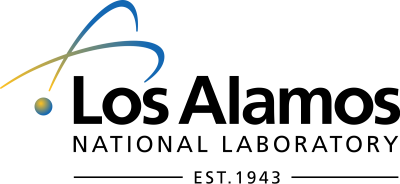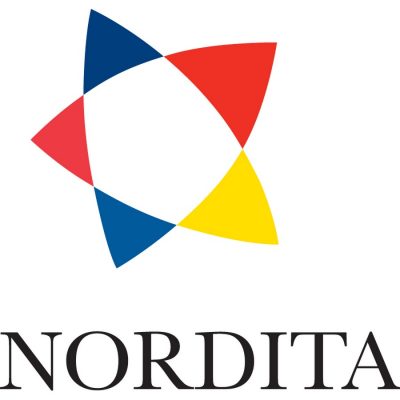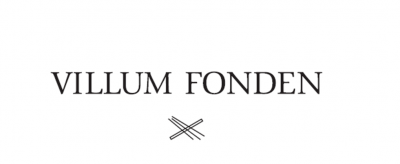Dynamic Quantum Matter, Entangled orders and Quantum Criticality Workshop
Dates: June 18- June 19, 2018
Sponsors
UConn, NSF, Nordita, Villum Center for Dirac Materials, Institute for Materials Science – Los Alamos, Wiley Publishers







Scope
The conference will focus on entangled and non-equilibrium orders in quantum materials. The 21st century marked the revolution of probing matter at the nano- to mesoscale and these developments continue to be the focus of active research. We now witness equally powerful developments occurring in our understanding, ability to probe, and manipulate quantum matter, in entangled orders and novel states, in the time domain. Recent progress in experimental techniques including x-ray optics, optical pumping, time resolved spectroscopies (ARPES optics), and in cold-atom systems has led to a resurgence of interest in the non-equilibrium aspect of quantum dynamics. The novel entangled orders that have nonzero “overlap” with more than one order parameter also have emerged as an exciting new direction for research in quantum matter. Entangled orders go beyond the conventional orders such as density and spin, and significantly expand the possible condensates we can observe. It is only because of the lack of experimental control, resolution, theoretical framework, and computational power, that the realm of entangled and quantum non-equilibrium remained largely unexplored until now. The time has come for us to turn full attention to these phenomena. Specific topics include: superconductivity and dynamics near quantum criticality, composite orders in correlated materials, effects of strain on quantum critical points, and superconductivity in STO. This conference will have a format of topical lectures, while leaving ample time for discussions.
Venue
Gurney’s Resorts | Newport, RI









 Physics major Brenna Robertson has been selected as the recipient of the 2018 Mark Miller Undergraduate Research Award. Brenna’s proposal, which focuses on modeling supermassive black hole spin using spectral emission diagrams, was selected from among a strong pool of applicants. Brenna Robertson is working with Prof. Jonathan Trump.
Physics major Brenna Robertson has been selected as the recipient of the 2018 Mark Miller Undergraduate Research Award. Brenna’s proposal, which focuses on modeling supermassive black hole spin using spectral emission diagrams, was selected from among a strong pool of applicants. Brenna Robertson is working with Prof. Jonathan Trump.



 Prof Alan Wuosmaa has been awarded a grant for 3 years for Studies of exotic nuclei with transfer reactions. For the information about Prof. Wuosmaa research visit
Prof Alan Wuosmaa has been awarded a grant for 3 years for Studies of exotic nuclei with transfer reactions. For the information about Prof. Wuosmaa research visit  Professor Tom Blum has been selected a “Fermilab Distinguished Scholar”.
Professor Tom Blum has been selected a “Fermilab Distinguished Scholar”. Professor Vernon F. Cormier from the Department of Physics, University of Connecticut has received a grant from the National Science Foundation to study the transition from liquid to solid in the Earth’s core using seismic wave measurements. Cormier’s project will determine the structure of the Earth’s inner core in relation to the processes that affect its cooling, solidification and connection with the flowing liquid metals of the outer core.
Professor Vernon F. Cormier from the Department of Physics, University of Connecticut has received a grant from the National Science Foundation to study the transition from liquid to solid in the Earth’s core using seismic wave measurements. Cormier’s project will determine the structure of the Earth’s inner core in relation to the processes that affect its cooling, solidification and connection with the flowing liquid metals of the outer core. Friday afternoon on April 20, 2018 the UConn Physics Department held a colloquium in honor of Professor Douglas Hamilton on the occasion of his retirement from active service on the faculty. The colloquium was MC’ed by Prof. Jason Hancock, who surveyed the highlights of a career spanning four decades marked by notable accomplishments in research, teaching, and service. Several of Doug’s former students also presented tributes to their mentor, some in person, and some by video or written message, expressing their gratitude for what they learned from him, both by instruction and example. At the end of the hour, Doug presented some final comments, which were followed by a standing ovation in recognition of Doug’s many contributions to our field, our department, and the University. Doug, you will be missed!
Friday afternoon on April 20, 2018 the UConn Physics Department held a colloquium in honor of Professor Douglas Hamilton on the occasion of his retirement from active service on the faculty. The colloquium was MC’ed by Prof. Jason Hancock, who surveyed the highlights of a career spanning four decades marked by notable accomplishments in research, teaching, and service. Several of Doug’s former students also presented tributes to their mentor, some in person, and some by video or written message, expressing their gratitude for what they learned from him, both by instruction and example. At the end of the hour, Doug presented some final comments, which were followed by a standing ovation in recognition of Doug’s many contributions to our field, our department, and the University. Doug, you will be missed!